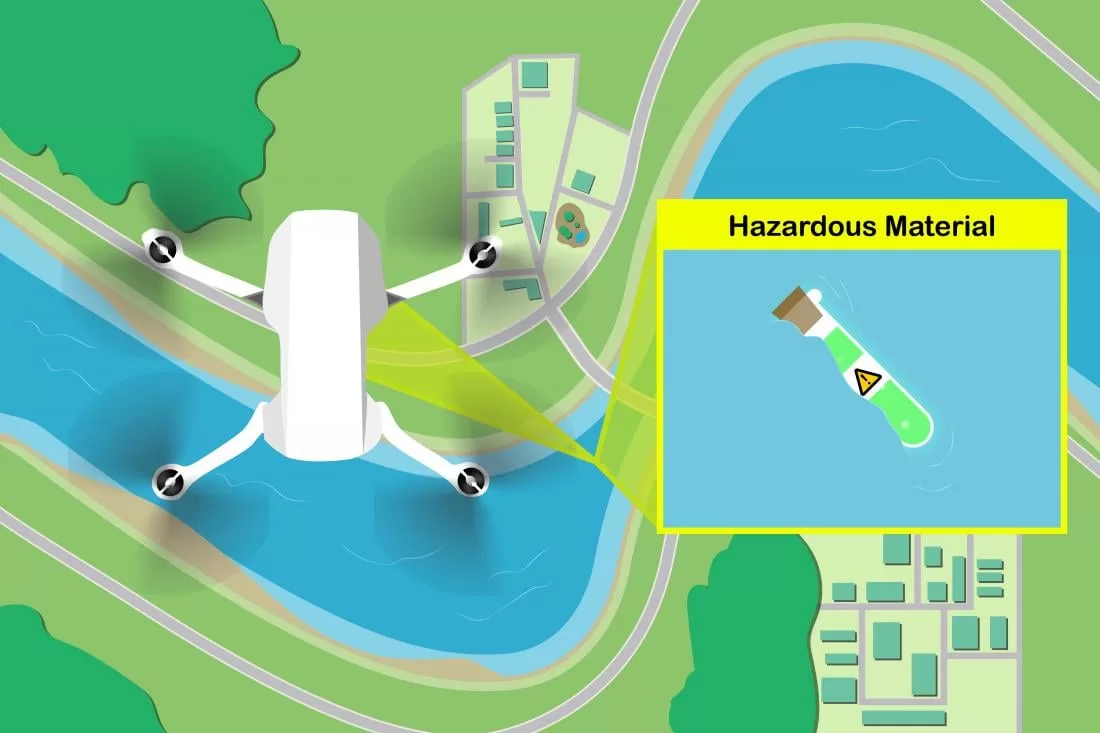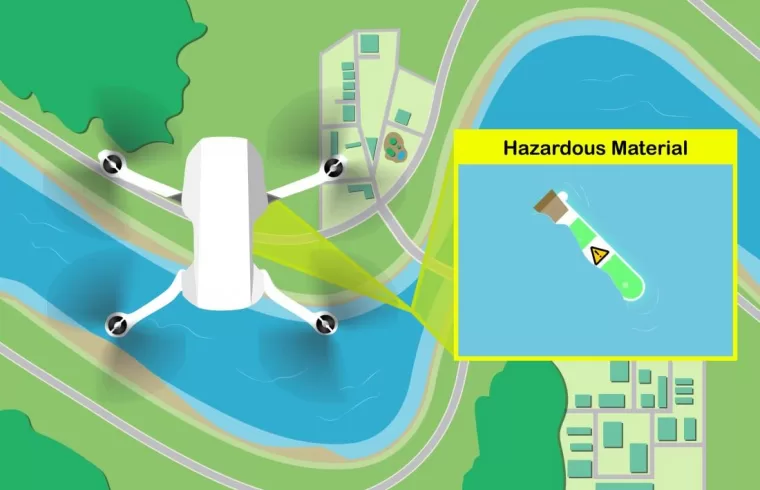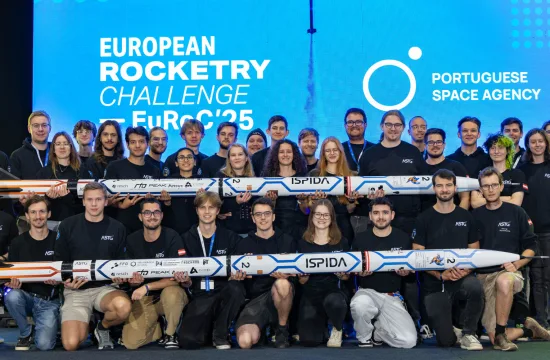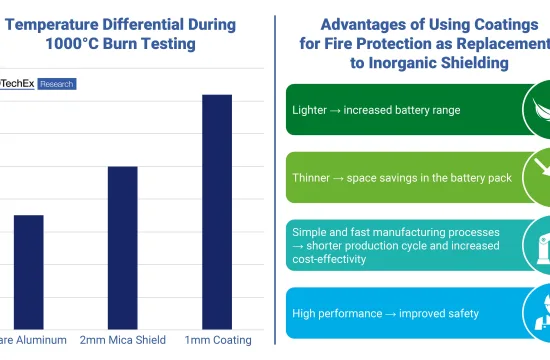
A team of scientists from Osaka Metropolitan University has unveiled a cutting-edge object detection framework designed to enhance the capabilities of Unmanned Aerial Vehicles (UAVs) in real-world applications such as disaster response, urban planning, and environmental monitoring.
Remote sensing object detection—a fast-growing field within artificial intelligence—faces persistent challenges in balancing high accuracy with lightweight, fast performance. UAVs often operate under constrained computing environments and capture images with varying object sizes, angles, and lighting conditions, demanding more efficient deep learning models.
To meet these demands, graduate student Hoang Viet Anh Le and Associate Professor Tran Thi Hong, along with their collaborators, developed a novel architecture centered around the Partial Reparameterization Convolution Block (PRepConvBlock).
This innovation simplifies convolution operations while preserving robust feature extraction, allowing for larger kernels and expanded receptive fields. Complementing this is the Shallow Bi-directional Feature Pyramid Network (SB-FPN), which enhances visual representation by fusing shallow and deep feature scales.
Together, these components form SORA-DET (Shallow-level Optimized Reparameterization Architecture Detector), a new detection system tailored for UAV remote sensing.
SORA-DET features up to four detection heads and delivers impressive performance benchmarks: 39.3% mAP50 on the VisDrone2019 dataset and 84.0% mAP50 on SeaDroneSeeV2—surpassing many large-scale models while operating with 88.1% fewer parameters and achieving inference speeds as fast as 5.4 milliseconds.
The compact and efficient design of SORA-DET positions it as a promising tool for real-time UAV applications, potentially transforming operations in disaster management, search-and-rescue missions, and environmental surveillance.
The research findings were published in Scientific Reports.







